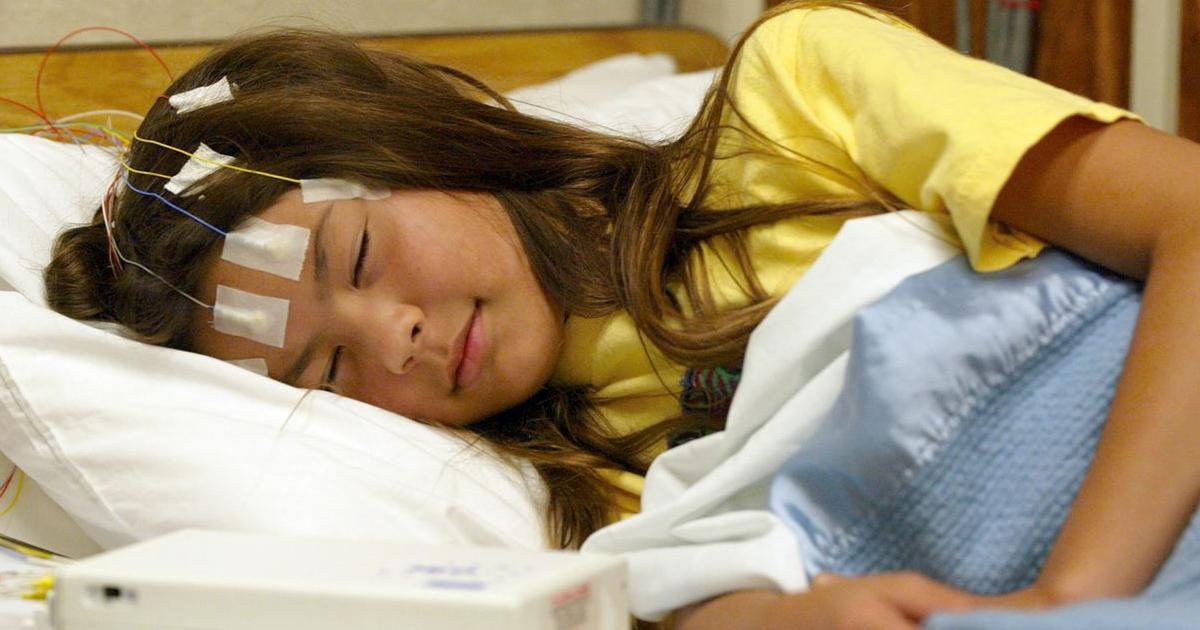Guide To The Symptoms Of Rett Syndrome
Rett syndrome is a rare genetic neurological disorder that almost exclusively occurs in girls. It leads to serious impairments that affect almost every part of the child's life. Though Rett syndrome is genetic, it isn't inherited from either parent. Instead, it's caused by a gene mutation. Children with Rett syndrome have trouble communicating and expressing themselves, but they can understand more than they're able to express. Doing a cognitive assessment of these children is a complicated process. There are a number of symptoms associated with Rett syndrome, and it's important to be familiar with all of them from early detection and effective treatment.
Decreased Coordination And Movement

It's common for children with Rett syndrome to experience decreased coordination and movement. These may make it difficult for children to learn to walk. Walking may come with more falls and clumsiness than with a neurotypical child's development. It's also common for Rett syndrome patients to experience issues with hand movements. The majority of children with the syndrome lose the ability to use their hands.
The most typical symptom is repetitive hand motions that occur while a child is awake. These might include rubbing the hands together or wringing the hands. Children might have uncoordinated breathing that leads to breathing issues as well. They might swallow air or forcefully exhale air.
Abnormal Eye Movements

Most children with Rett syndrome grow without showing obvious symptoms for the first six months or so of their life, though it's common for changes to occur when children are between twelve and eighteen months old. These changes might progress slowly or happen suddenly. One of the potential symptoms is abnormal eye movements, which include blinking, intense staring, crossed eyes, and closing one eye at a time without any apparent reason. There are other abnormal behaviors and movements associated with Rett syndrome as well. A child's facial expressions may be odd and sudden. Children may also laugh for long periods with no outside cause, lick their hands, or compulsively grasp their clothing and hair.
Slowed Growth

Slowed growth is a common symptom that occurs in nearly every case of Rett syndrome. With the syndrome, the child's brain doesn't grow properly. Their head may be smaller than average, a condition doctors refer to as microcephaly. The stunted growth is more obvious as the child ages. In addition, the child's bones might be thin and fragile, which means they may fracture more easily than healthy bones. The hands and feet of a child with Rett syndrome might be smaller than an average child's and might be cold on a consistent basis. Children might have trouble swallowing and chewing their food, issues with their bowel function, and problems with grinding their teeth.
Scoliosis

Scoliosis, which refers to an abnormal curvature of the spine, commonly occurs in children with Rett syndrome. The symptoms tend to appear between the ages of eight and eleven. As a child with this symptom of Rett syndrome progresses through adolescence, it will continue to worsen. If the curving is severe enough, children may need surgery to correct it. Scoliosis surgery is most effective when done in childhood. There are other corrective measures to help with growth and management of scoliosis. Children may use a back brace to keep their spines straight. It's important to monitor scoliosis, as the condition can lead to chronic back pain and problems with mobility.
Seizures

Most individuals with Rett syndrome have seizures at some point over the course of their lives. Some patients experience multiple types of seizures. When seizures occur, they are accompanied by abnormal electroencephalogram data. Focal seizures are seizures that occur in just one hemisphere of the brain. Patients may retain their awareness through these, though the loss of awareness is also possible.
Generalized seizures are caused by abnormal electrical activity in both hemispheres of the brain. Absence seizures occur when an individual appears to lose total awareness of the world. Convulsive seizures involve the seizing of multiple groups of muscles. Other common seizure types patients with Rett syndrome might experience are myoclonic, tonic, and clonic seizures.
